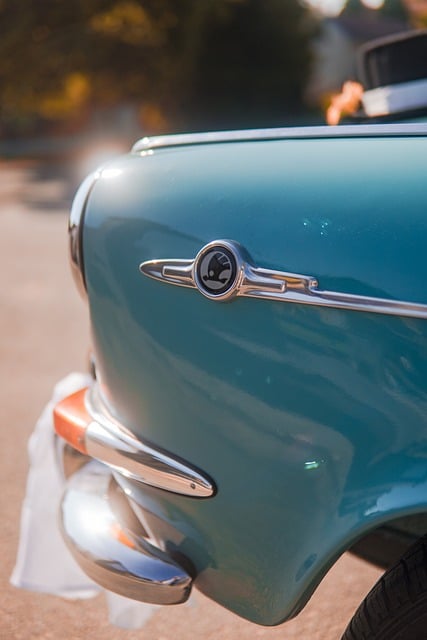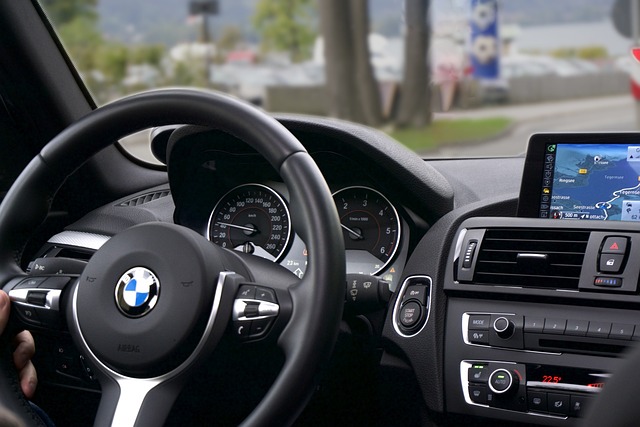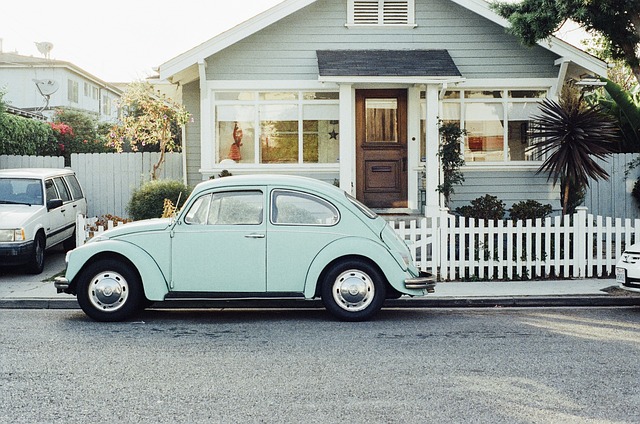This text compares enclosed vs. open car transport, highlighting benefits and drawbacks for each method. Enclosed transport offers protection from elements, damage, and theft—ideal for valuable or classic cars—but is more expensive. Open transport provides cost savings, visibility, and accessibility but exposes vehicles to weather and increases theft risk. The best choice depends on your vehicle's value, care needs, and budget.
When transporting your vehicle, whether for a move or sale, you have two primary options: enclosed and open car transport. Understanding the differences between these methods is crucial for making an informed decision. Enclosed transport offers superior protection against weather and road debris, while open transport provides cost-efficiency with minimal covering. This article delves into these options, exploring their protections, benefits, and drawbacks to help you choose the right car transport method tailored to your specific needs.
- Understanding Enclosed Car Transport: Protections and Benefits
- Exploring Open Car Transport: Cost-Efficiency and Exposure
- Factors to Consider: Choosing the Right Car Transport Method for Your Needs
Understanding Enclosed Car Transport: Protections and Benefits

Enclosed car transport offers a secure and protected method for moving vehicles, ensuring they remain safe during transit. This option is ideal for classic or high-end cars, as it provides shelter from the elements and potential damage. The enclosed space acts as a crucible, safeguarding the vehicle from dust, dirt, and other contaminants that could accumulate during open transport.
This type of transport benefits owners who value the condition of their vehicles. By keeping them enclosed, you minimize risks like bird droppings, tree sap, or accidental scratches from debris on open roads. It’s a game-changer for those who want to preserve their cars’ aesthetics and resale value, especially when navigating through bustling urban areas or rugged terrain.
Exploring Open Car Transport: Cost-Efficiency and Exposure

Open car transport offers a unique advantage in terms of cost-efficiency, especially for long-distance travel. Unlike enclosed carriers, which provide more protection and security, open trucks or trailers allow for a reduction in transportation costs due to their minimal structure. This makes them an attractive option for budget-conscious individuals or businesses looking to move their vehicles across states or countries. The exposure of cars during transit can be seen as both a pro and a con; while it may deter those concerned about potential damage, it also provides visibility that enclosed transport cannot match.
This open approach facilitates a level of accessibility that is appealing for various reasons. It allows prospective car buyers to inspect the vehicles they intend to purchase, ensuring transparency in the transportation process. Moreover, open transport can be more flexible in terms of loading and unloading, as there are no complex mechanisms or doors to manage, making it an efficient choice for specialized or oversized vehicles that may not fit within enclosed carriers.
Factors to Consider: Choosing the Right Car Transport Method for Your Needs

When deciding between enclosed and open car transport, several factors come into play, each with its own set of advantages and disadvantages. Enclosed carriers offer protection from the elements, ensuring your vehicle remains clean and secure during transit. This is particularly beneficial for high-end or classic cars that require meticulous care. Moreover, enclosed transport provides a level of safety as these vehicles are less accessible to potential thieves, giving peace of mind to owners.
On the other hand, open car transport allows for better exposure to the outdoors, which can be appealing for those who want to take in the scenery during their journey. It’s a cost-effective option that’s suitable for everyday vehicles or those not requiring special protection. However, weather conditions can impact the vehicle’s condition, and open transport may pose a higher risk of theft compared to enclosed options, making it less ideal for high-value cars.
When deciding between enclosed and open car transport, it’s clear that each method offers unique advantages. Enclosed transport provides superior protection from elements and potential damage, ideal for valuable or classic vehicles. Conversely, open transport is more cost-effective, offering full exposure to the outdoors, perfect for budget-conscious travelers. Ultimately, the choice depends on your specific needs, whether prioritizing safety and security or affordability and accessibility. Consider these factors to select the best car transport option for your journey.
